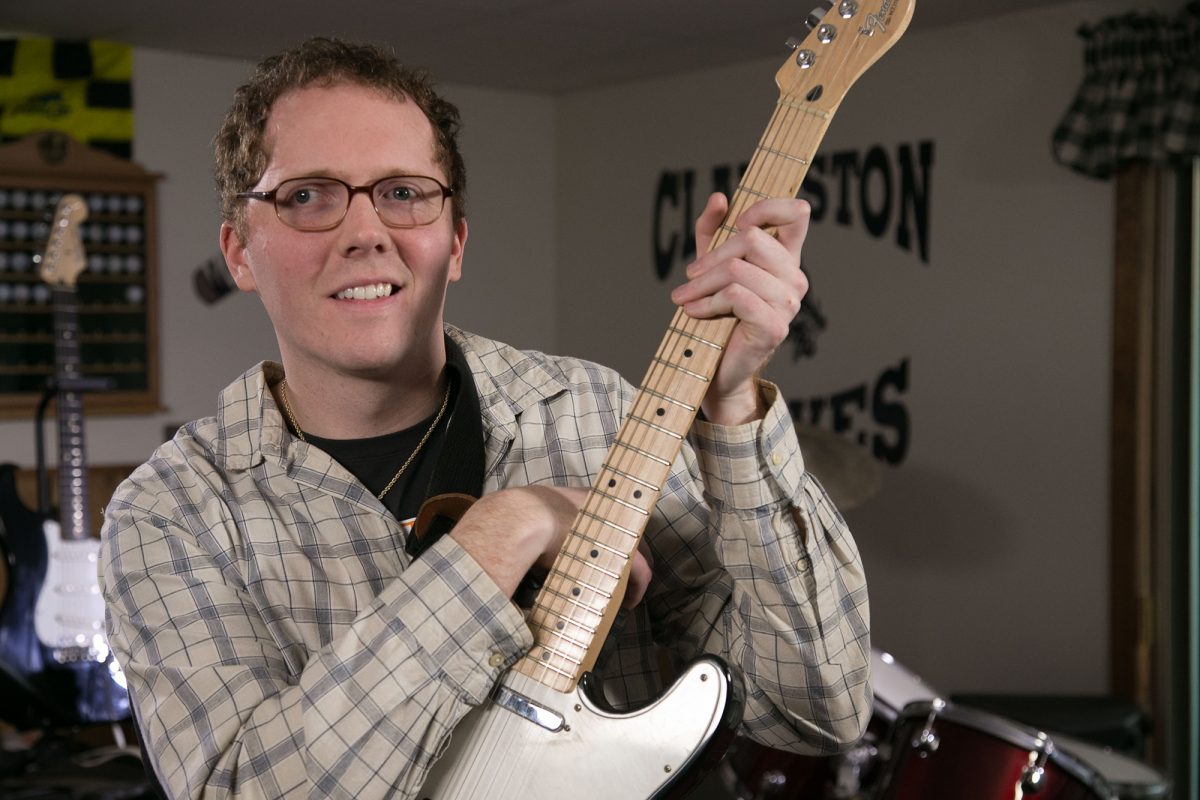
A subspecialty of neurosurgery and neurology, a neuroendovascular specialist surgically treats complex brain and spinal cord vascular lesions from inside the blood vessels using minimally invasive techniques.
The goal of an endovascular procedure is to keep blood flowing through the blood vessels or to prevent a blood vessel from bursting. Catheters (small hollow tubes) and very small devices, some no thicker than a strand of hair, are used to fill the space in the vessel and seal it. This helps prevent blood flow and the potential for the blood vessel to burst. In some situations, to keep the blood flowing and relieve pressure on the vessel a stent or flow diverter is inserted.
A special x-ray called angiography is performed in a special procedure room at the hospital. This helps the neuroendovascular specialist determine where the blood flow is restricted in the vessel, where the vessel is bulging or tangled and preventing proper blood flow. Angiography is also used to guide the catheters through the vessels from the groin to the treatment area where the repair is made during a minimally invasive procedure.
Rarely does a patient have the option to choose a neuroendovascular specialist. The treatment for conditions like an ischemic or hemorrhagic stroke or an impending rupture that can occur with a brain aneurysm or an arteriovenous malformation or AVM in the brain or spine begin in the emergency department.
MHSI neurosurgeons and interventional neurologists are on staff at all the southeastern Michigan health systems, and are on-call in all the major emergency departments to treat conditions requiring neuroendovascular procedures and neurosurgical cases.
Watch LaMonte's story in his own words: